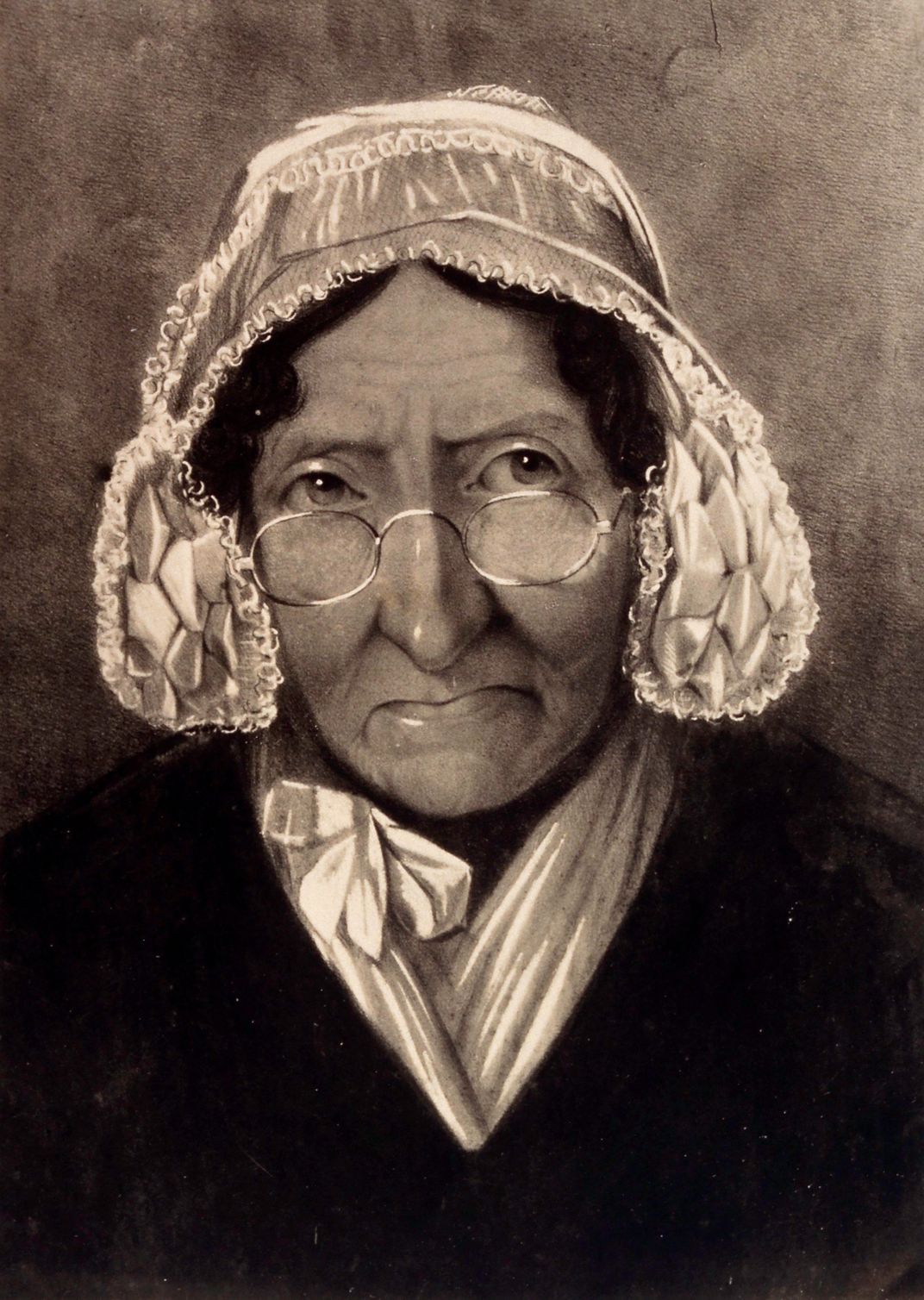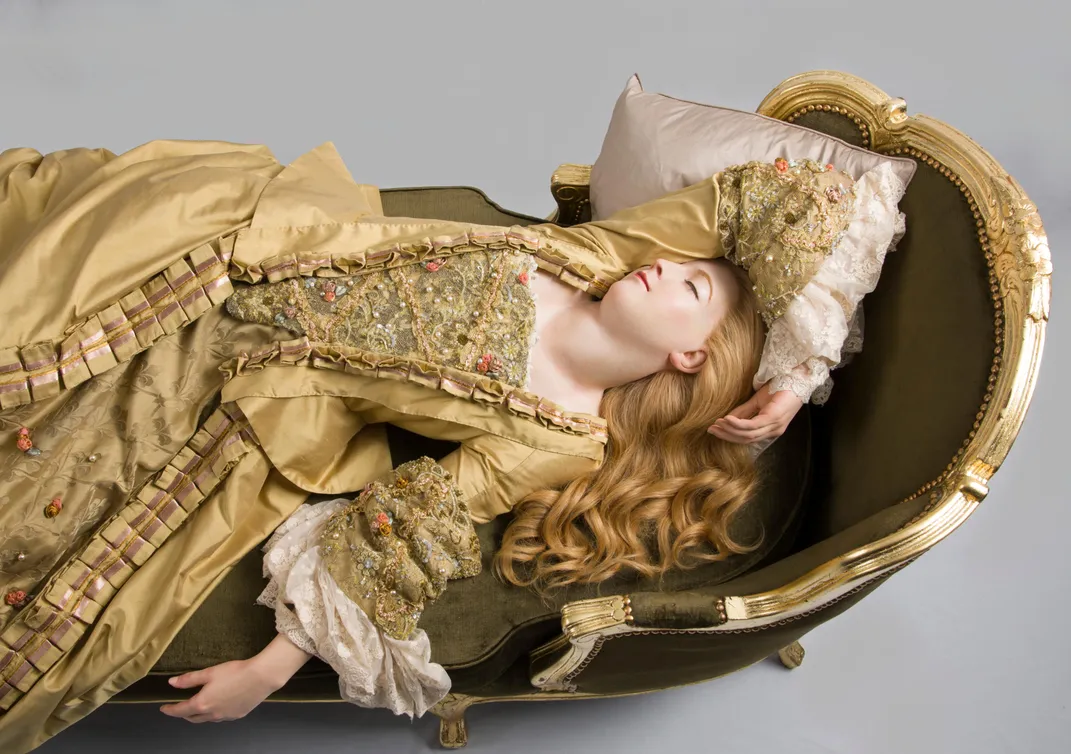How Marie Tussaud Created a Wax Empire
From France, to Britain, to the world, Tussaud’s waxworks endure
/https://tf-cmsv2-smithsonianmag-media.s3.amazonaws.com/filer/4e/e7/4ee7ad13-2257-419f-b6bb-4b4a0c0bb780/ae658d043e48915e22a36d9103af50d501dbaac6.jpg)
Marie Tussaud, born on this day in 1761, became wealthy, famous and successful thanks to her talent for wax sculpting, her business acumen and a new kind of public fascination with bodies and public figures.
Today Tussaud is chiefly remembered for launching a famous wax museum in Britain that is still operating today and has spawned numerous outposts. However, earlier in her life, in her native France, writes Paris Amanda Spies-Gans for Journal18, “Tussaud’s wax figures were central to the Revolutionary world, both as portraits and as lifelike representations of their subjects.”
Among other things, in France she sculpted the severed heads of people executed in the Revolution. By this time, writes Spies-Gans, Tussaud was already a well-known wax modeler. She had trained under anatomical wax modeler Philippe Curtius, who also raised her.
During the Revolution, she took on an important role. “Following the fall of the Bastille, Tussaud modeled dozens of death masks, including those of Louis XVI, Marie-Antoinette and Robespierre,” writes Spies-Gans. “It seems that decapitated heads were often brought to her straight from the guillotine, although at times she went to the cemetery to seek out her subjects, on reputedly secret orders from the National Convention.” These heads were shown in Curtius’s famous Salon de Cire.
However, by the early 19th century Tussaud’s teacher had died “and she found herself supporting a lackadaisical husband and their two sons,” she writes. Seizing an opportunity, she headed to England to seek her fortune, with her waxworks and sons (but no husband) in tow.

She didn’t speak English, but she went on to become a household name, writes Richard Cavendish for History Today. She toured around England, Scotland and Ireland showing her wax figures. In a time before photographs, these waxworks offered viewers a chance to see newsmaking figures like Marie Antoinette or Jean-Paul Marat in the "flesh."
Tussaud eventually settled down. In 1835, writes Cavendish, she opened a museum in London to display and create her art. “The Duke of Wellington was a regular visitor and liked to look at the effigies of himself and Napoleon, and when Queen Victoria was crowned in 1837 Madame Tussaud’s put on a magnificent display of the scene,” Cavendish writes.
Tussaud correctly tapped into a public thirst for information during a period of time that was shaped by the Napoleonic Wars and other political turmoil. But, true to its roots in French Salon culture, it didn’t just offer politics.
“Madame Tussaud’s museum is topical as well as historical and includes both the famous and the infamous,” writes the Encyclopedia Britannica. “Notorious characters and the relics of famous crimes are segregated in the ‘Chamber of Horrors,’ a name coined jokingly by a contributor to Punch in 1845.” This recipe was a success: museums bearing her name still operate around the world today.
